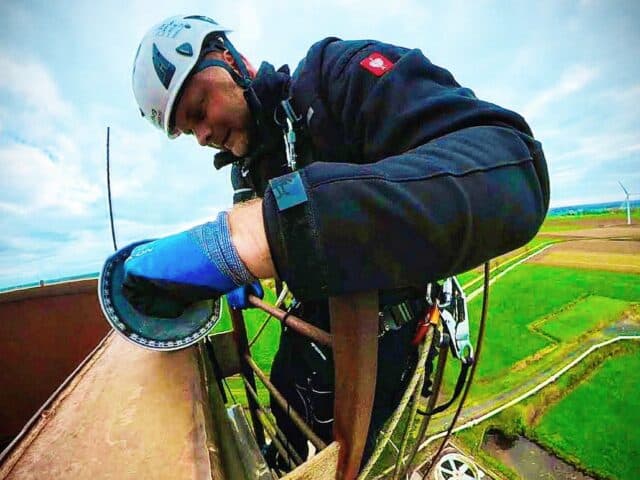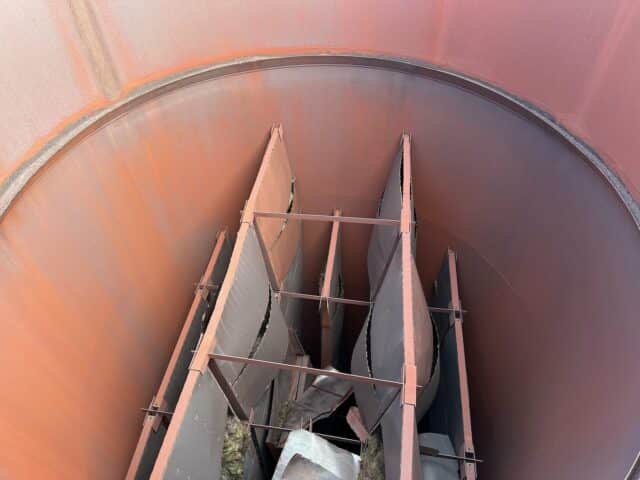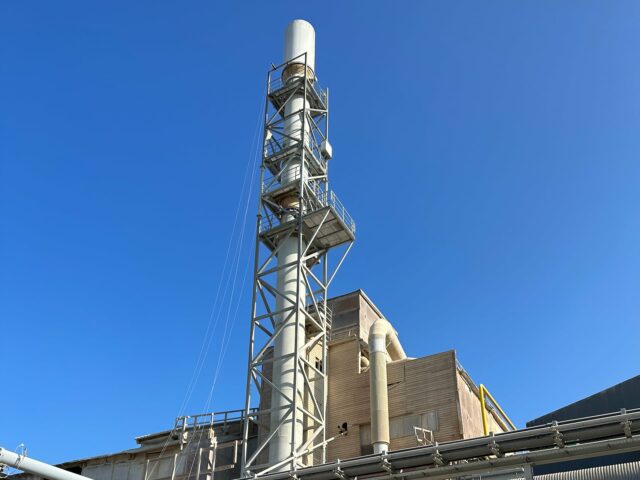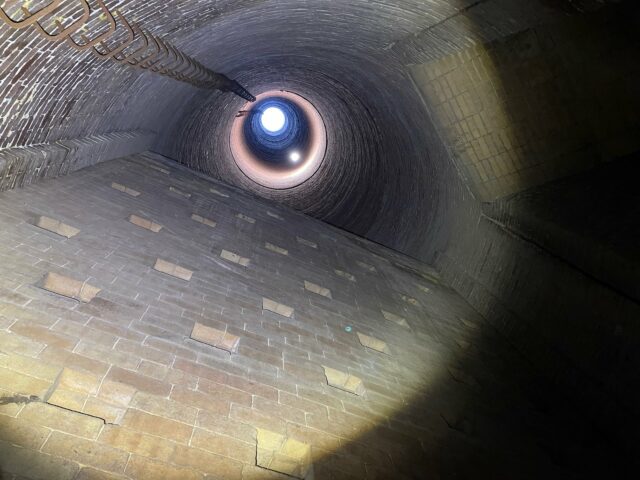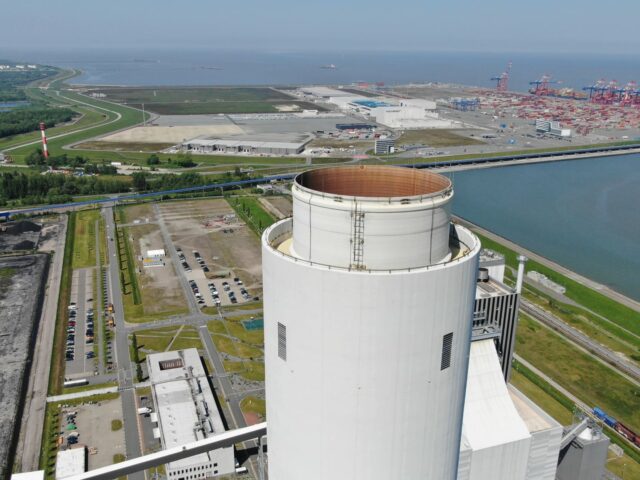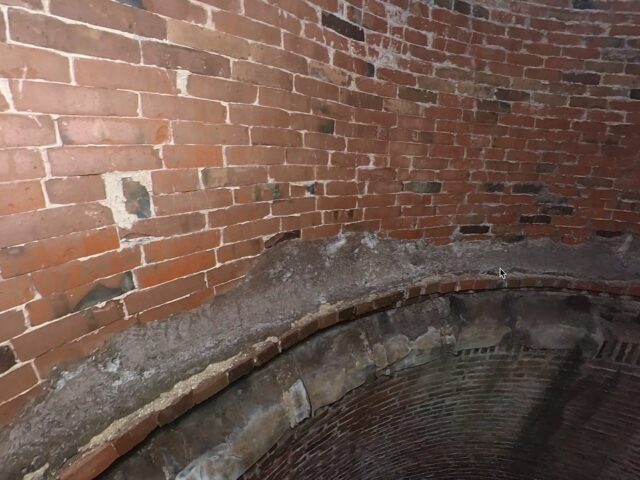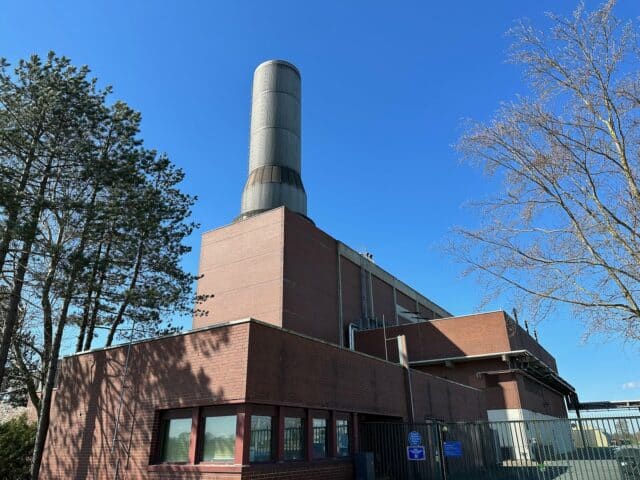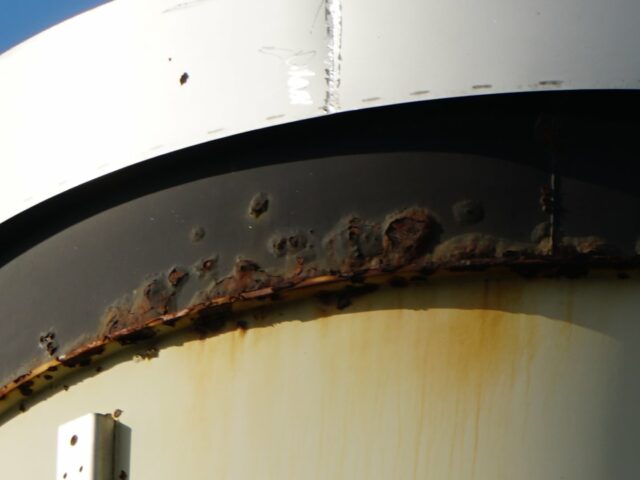Inspection of Industrial Chimneys by Drone
- Safety: No human access required. No scaffolding required.
- Reliability: High-quality visual data.
- Data Quality: Accurate and comprehensive data.
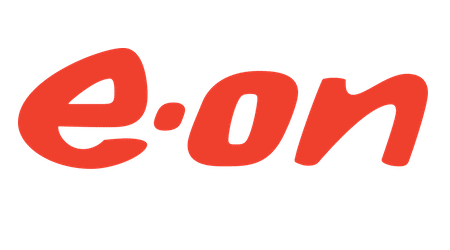

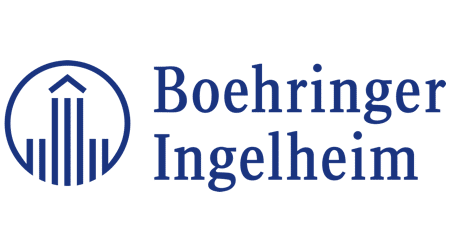

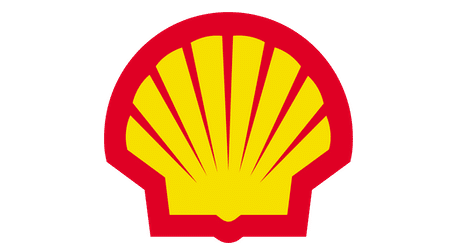
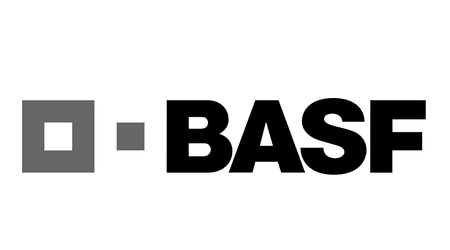
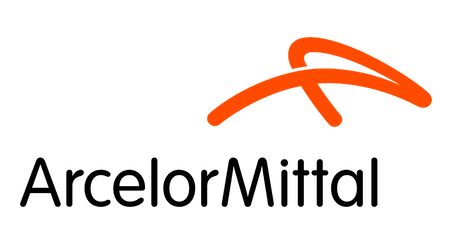
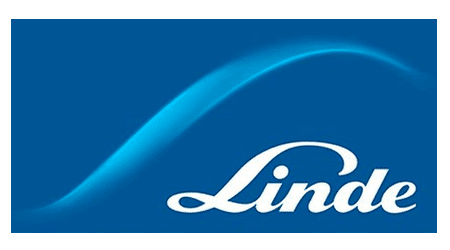
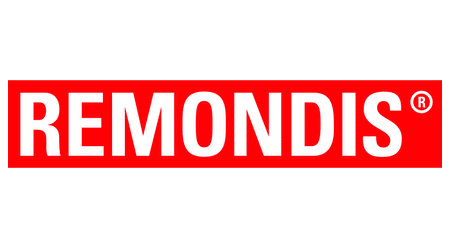
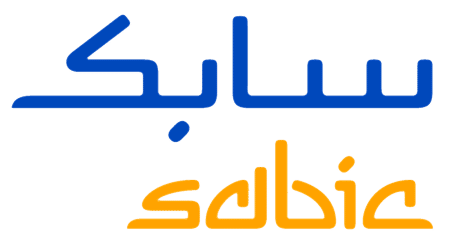
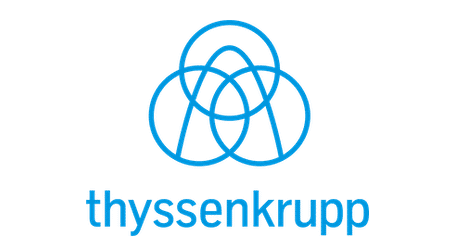
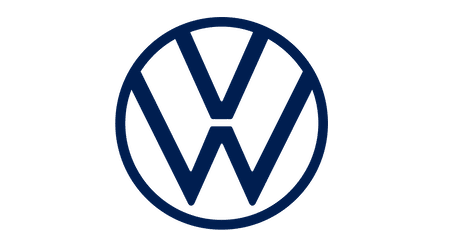
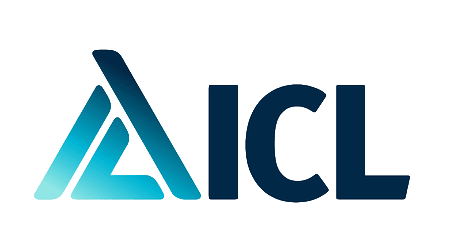
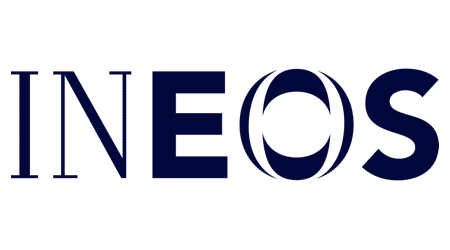
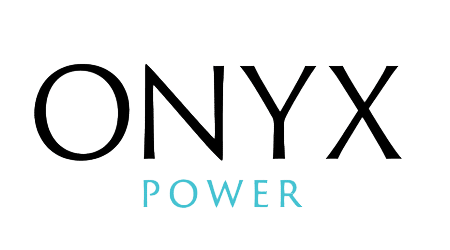
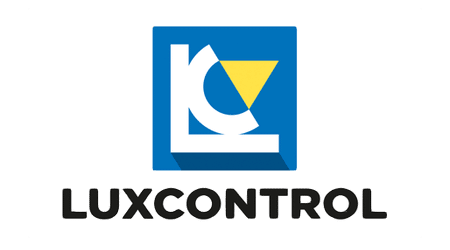
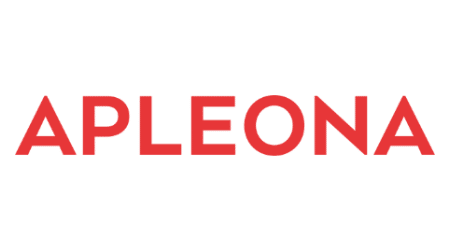
Industrial Chimneys: Securing Operations with Drone and Camera Inspections
The safety and reliability of industrial chimneys are paramount for the smooth operation of any industrial facility. At Kopterflug, we understand the significance of these structures, and hence, we’ve specialized in the most advanced method of chimney inspection: drone inspection.
Our method of internal inspection of industrial chimneys by drone revolutionizes the way inspections are carried out. It eliminates the risk and complexity of manned entry while providing high-definition, meaningful captures.
With our specialized drones and advanced camera systems, we can penetrate into the chimney and capture every angle. This technology allows us to identify potential issues that might be invisible to the naked human eye, including cracks, corrosion, and deposits.
Our drones are equipped with state-of-the-art camera technology that provides high-resolution images and videos. This enables a detailed analysis of the chimney’s condition and delivers valuable data that can be used for future maintenance decisions.
The benefits of drone and camera inspection of industrial chimneys are manifold:
- Safety: No need for human inspectors to venture into potentially hazardous areas. Our drones can safely and efficiently enter any chimney.
- Efficiency: Drone inspections can be conducted faster than traditional methods, meaning your facility has less downtime.
- Accuracy: Our drones and cameras can provide high-resolution images, enabling a detailed examination of the chimney.
- Cost-effectiveness: As manned entry is not required, significant savings on inspection costs can be achieved.
Common Problems: Understanding Industrial Chimney Damage
Industrial chimneys can be made from various materials, including concrete, masonry, and steel. Each of these material types has different properties and can therefore exhibit different types of damage. Here is an overview:
Concrete industrial chimneys:
- Cracks: Caused by aging, temperature fluctuations, and mechanical stresses. Concrete can expand with heat and contract with cold, which can lead to cracks.
- Spalling: Spalling can be caused by moisture, chemical reactions, and high temperatures. Concrete is susceptible to damage from freeze-thaw cycles and from chemical attacks by sulfuric acid, which arises from sulfur oxides in the exhaust gases.
- Rebar corrosion: Concrete chimneys are often reinforced with steel rebar that can corrode, particularly when cracks or spalling expose the rebar.
Masonry industrial chimneys:
- Cracks: Like concrete, masonry can also exhibit cracks due to aging, temperature fluctuations, and mechanical stresses.
- Spalling: Chemical attacks, moisture, and freeze-thaw cycles can also lead to spalling in masonry chimneys.
- Mortar decay: The mortar that holds the masonry stones together can be damaged by moisture and chemical attacks.
Steel industrial chimneys:
- Corrosion: Steel is particularly susceptible to corrosion, especially when exposed to humid and corrosive gases. Corrosion can impair the structural integrity of the chimney.
- Thermal deformation: Steel can deform under high temperatures, which can lead to permanent deformations of the chimney.
- Material fatigue: Repeated loads, such as wind, can lead to material fatigue and ultimately to cracks or fractures.
The challenges of classic chimney inspection
- Scaffolding: There could be a need to set up scaffolding to reach the chimney. This can take time and cause expenses.
- Heat: If the chimney is active, it could become very hot. This could make the task unsafe and uncomfortable for the inspector.
- Toxic Gases: In locations like refineries, toxic gases might be emitted, which can be harmful for workers.
- Cranes: It may be necessary to use cranes to transport equipment and experts to the chimney, adding to costs.
- Height Work: The inspector might have to climb down the chimney from the top, which can be physically taxing and potentially risky.
- Documentation of Findings: Documenting all discoveries safely and accurately can be challenging. This can also take time and lead to additional expenses.
Transforming Chimney Inspections: The Advantages of Drones and Cameras
- Improved Safety: Using drones and cameras for chimney inspections reduces risk by avoiding human exposure to heights, toxic gases, and high heat.
- Better Efficiency: These technologies allow quick coverage of large and hard-to-reach areas, making inspections more thorough and time-efficient.
- Reduced Costs: The need for expensive equipment such as scaffolding and cranes is minimized or eliminated with the use of drones and cameras, leading to significant cost savings.
- High-Quality Data: Drones and cameras can capture high-definition images and videos, resulting in detailed and accurate records of chimney conditions for better maintenance and repair decisions.
- Detailed Documentation: The visual records from drone and camera inspections provide comprehensive evidence of the inspection and can be used to track changes over time or for training.
Request a Quote
Frequently Asked Questions
Our Inspection Experts

CEO

CEO & Founder
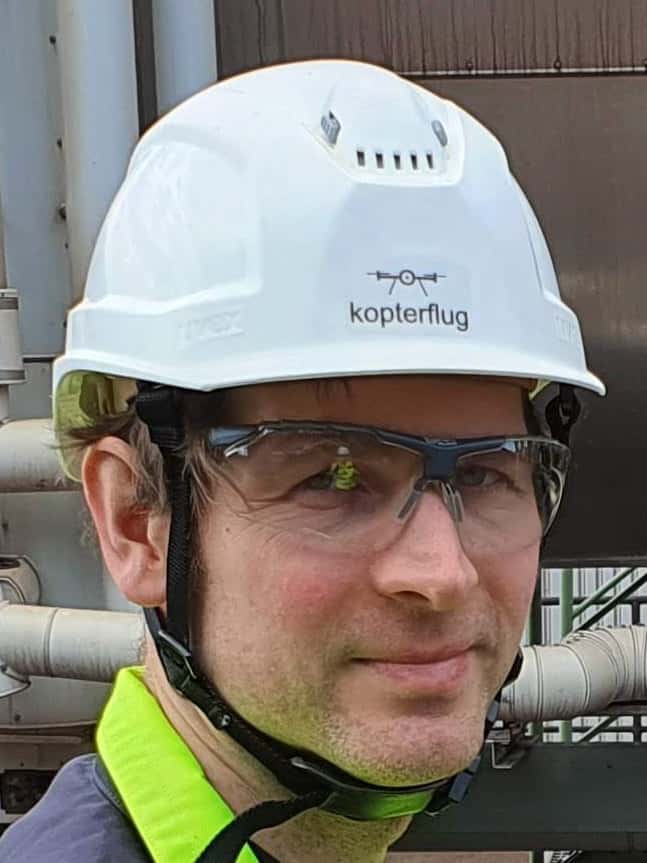
Philipp
CFO & co-owner
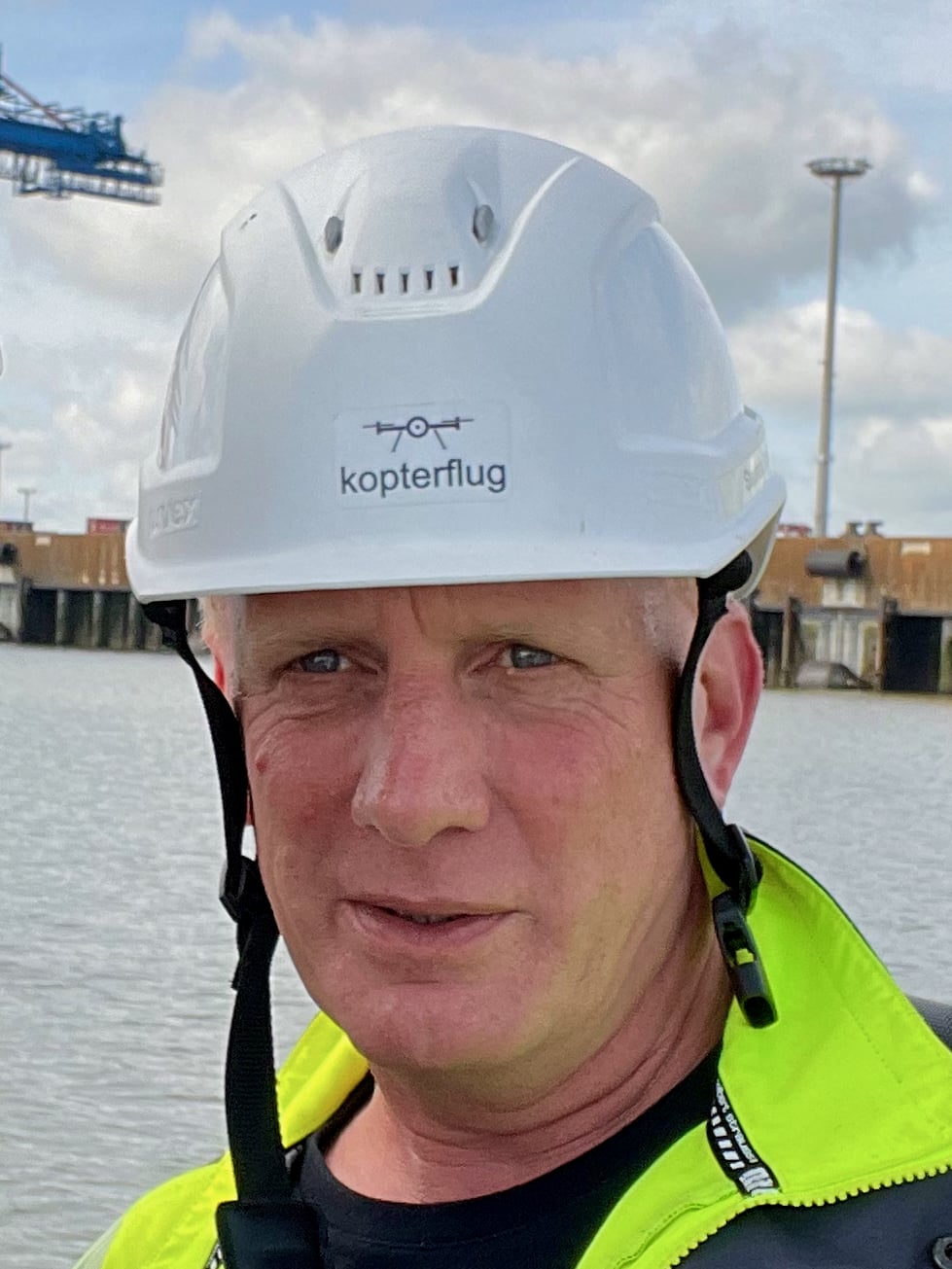
Stephan
Operations
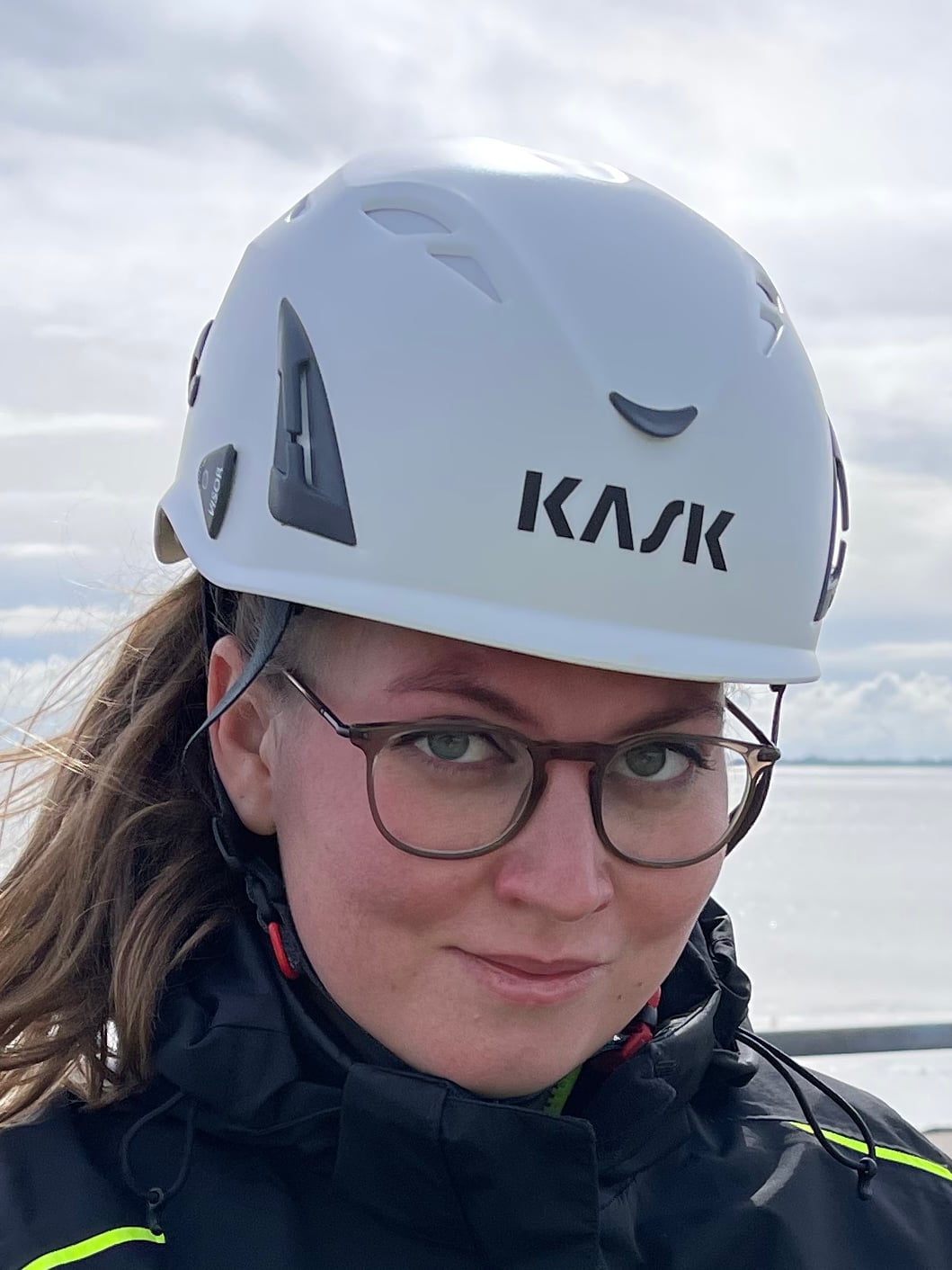
Juliana
Maritime Specialist

